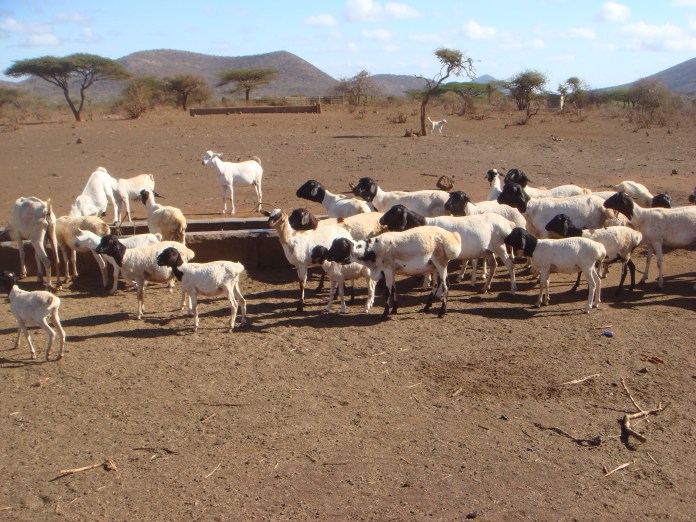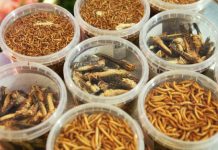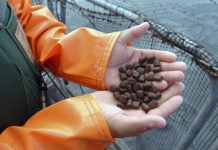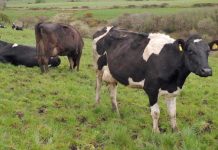A dry season without a doubt is a fact of life in some part in Kenya. After parts of the country received below-average rainfall last year, livestock which were mainly sheep and cows were saved only after farmers elsewhere in the country donated feed. Here is an advice on how a sheep farmer can continue farming his/her sheep in drought, and remain lucrative
Diversified feeding
Instead of growing small-grain crops, have a livestock component to carry you through a dry season. Unfortunately, many younger farmers have yet to learn this lesson. Because small-grain farming is more lucrative than sheep farming, many have exchanged their livestock for new planting machinery, making them more financially vulnerable to drought.
In low-rainfall years, sheep can carry a farmer financially, but the value of planting machinery depreciates every year. A farmer needs to find a balance between sheep and grain production. If he or she can’t afford to buy planting equipment, a contractor should be brought in to plant or a partnership entered into to share equipment. Don’t sell sheep to buy it.
Get rid of freeloaders to continue farming sheep in drought
The first thing a farmer should do is evaluate his situation as well as the market. It is wise to reduce stock numbers or move the sheep to an area with sufficient grazing while they are still in good condition. It is said that most farmers are not yet selling excess stock. Prices are flat, as consumers simply don’t have as much money as they had in the past to buy meat.
It is expected that the prices will remain flat. It might be better for farmers to sell unproductive stock and feed productive stock now, rather than do so later when the situation has worsened and the market becomes saturated. as a farmer,you should sell burdensome animals. A ewe that falls behind or is not producing has to be sold.
Food and water
A farmer must protect his genetic material, as it will take him years to rebuild once lost. Sheep must have sufficient food and water. Don’t neglect them. Rather feed fewer animals if you cannot afford to keep all of them.in addition,use pre-mixed feeds specially formulated ones for the developmental phase of sheep.
lambs receive a high-protein feed containing legumes. Pregnant ewes are given high-energy feed, as the foetus gains almost 80% of its weight during the last six weeks of pregnancy. The feed consists of maize with a lick containing vitamin B and trace elements such as selenium and copper.
You obviously have to prevent wastage – feeding sheep is very expensive. Yet your sheep are so hungry they devour everything they get.
Keep your eyes open
Stressed animals are more susceptible to diseases and pests than they are under normal conditions. Farmers should not neglect vaccination programmes during such a time. The chance of a problem with internal parasites is remote, but a farmer should nonetheless remain vigilant.
Moreover, farmer should also be on the lookout for sheep eating anything unusual, such as eucalyptus leaves and toxic shrubs. The animals may be so hungry that they eat almost anything – and this could kill them.
If you are a farmer and you rear sheep in dry areas,you should use these pointer as a farming guide and you will not have any regrets.





